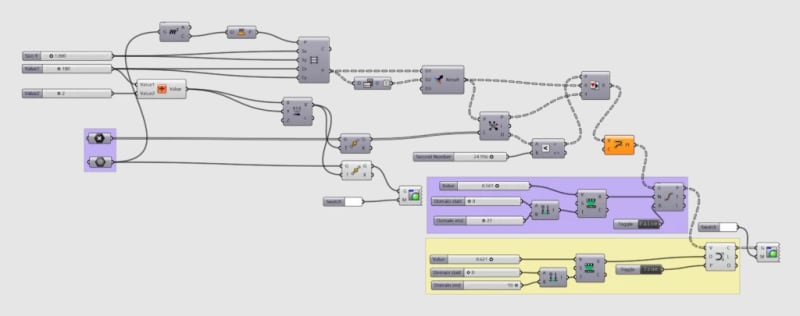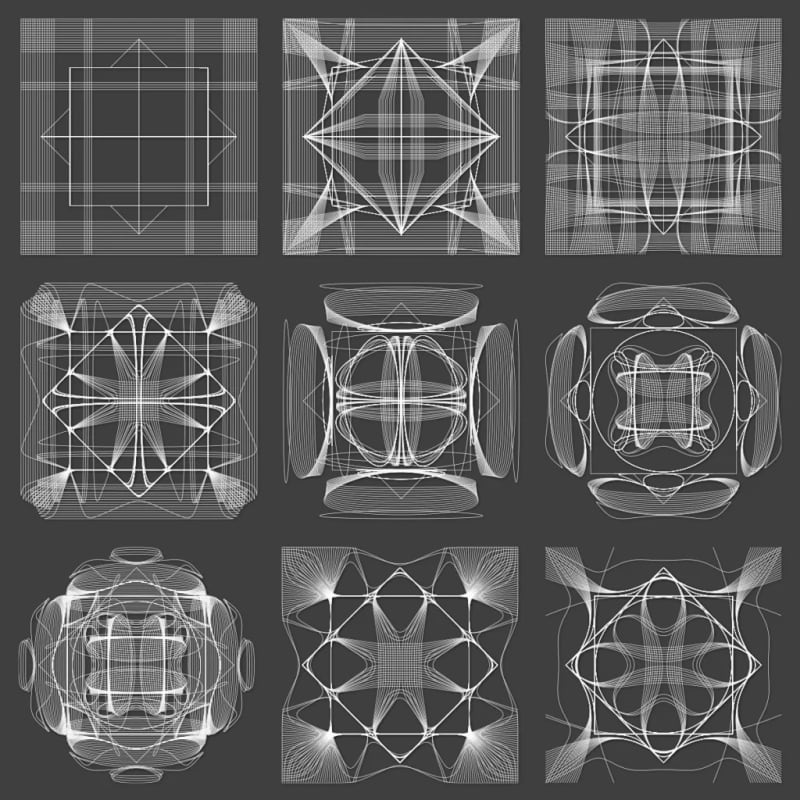Hello, my friends! In today's latest creation, part of my "Zellige EVO" collection, I am delving into the world of generative Zellige art using Grasshopper Rhino to create captivating and endlessly evolving patterns.
When it comes to generative art, I love exploring new paths and approaches. I had previously shared a Zellige pattern generator coded in P5.js on my blog. Creating generative art with JavaScript, Processing, or Python requires some knowledge of these programming languages. But fear not, it's not overly complicated! However, if you're not a fan of coding, there are several tools with visual interfaces to make the task easier. Grasshopper is one such tool.
Why did I choose Grasshopper?
As I mentioned earlier, one of the main advantages of Grasshopper is its visual interface. Unlike other programming languages such as JavaScript, Processing, or Python, Grasshopper does not require you to type lines of code. Instead, you can create algorithms visually by connecting graphical components to one another. This makes generative art creation much more accessible and, above all, much more intuitive.
Personally, I find that Grasshopper provides an incredible level of flexibility. With its numerous components and parameters, you can explore and experiment with various techniques and approaches to create generative art.
How I did it:
I started by creating a grid with vertical and horizontal lines, onto which I placed an 8-pointed star. Then, I used the 16 points of this star to warp the grid lines, thus creating parametric curves that change based on their distance from the star's points.
One of the most interesting aspects of this artwork is that I integrated several sliders in Grasshopper to adjust different parameters, such as the distance between points, the amplitude of the deformation, and the scale of the curves. This allows me to generate an infinite number of shapes and create unique variations each time.
Some examples:
As part of my "Zellige EVO" collection, this creation falls within my exploration of generative Zellige art, where I enjoy playing with shapes and parameters to create dynamic and evolving artworks.
Feel free to lose yourself in the twists and turns of the curves and appreciate the countless variations that emanate from this unique combination of constraints and freedoms. It's truly a fascinating experience, and I'm thrilled to share it with you!






Top comments (0)